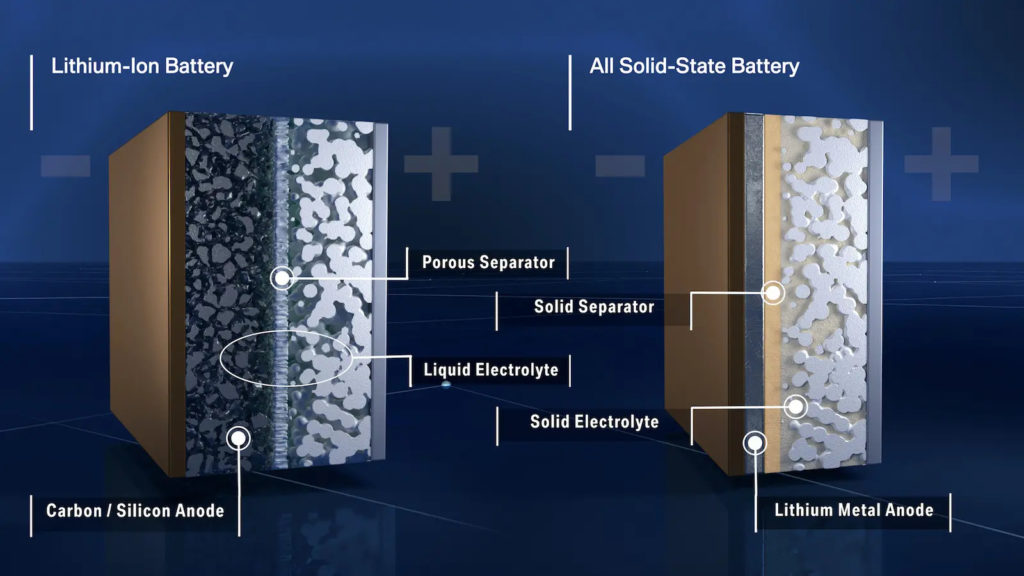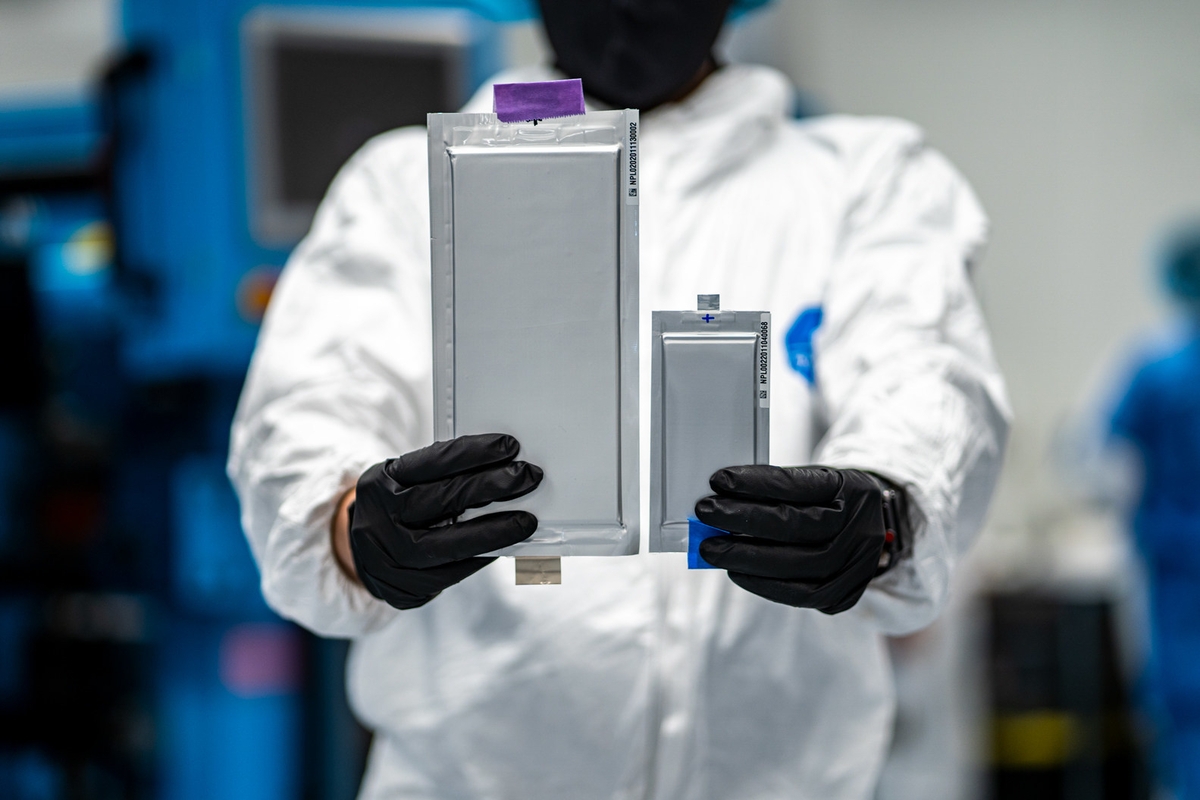
Thanks to the many Government subsidies and the evolution of technology, electric cars are evolving more rapidly. Tesla used to be the dominator in the EV space but now being joined by Ford, GM, Nissan, Volvo, Toyota, Honda and much more. For sure the EV market is getting crowded and you can see the trend here clearly. The future is going to be dominated by EV cars and the so called gas guzzlers we know of conventional cars will soon become a museum collection piece.
But what is stopping from more manufactures from developing the EV cars ? Why do you see only a handful of EV charging ports at the Mall proving some point and no ever else ? The problem is not so much in the infrastructure but is guided by the technology of the batteries. You see, the batteries have not evolved as much as other technologies in centuries. Yes, you heard it right !! The very first batteries were invented by an Italian physicist Alessandro Volta in 1800. This first battery used two metals, a copper and zinc separated by a liquid electrolyte of salt water. Since then even the batteries of today follow the same principle. An anode (positively charged) and a cathode (negatively charged) separated by an electrolyte through with charge (electron) travels. The batteries of today use different metals and electrolyte than what Volta discovered. For example the Lithium Ion batteries that we know of in recent years uses Lithium Anode, Graphite Cathode and Lithium Salt mixed in organic Solvent for electrolyte. There is a separator insulation to keep the anode and cathode at bay.
As you can imagine the whole battery technology is a pretty cool chemical reaction that produces electricity. So what’s the big deal in stacking more and more batteries together for EV cars ? In fact that’s what EV cars really do. The under carriage comprises of an array of Lithium Ion batteries coupled together and space accurately to ventilate properly and reduce heat. Yes heat is major deterrent in battery technology. Because of the power it generates, so comes the heat and to drive these batteries safely they must be distanced accurately and special gels are used to dissipate heat. Have you ever opened the hood of any old car that has a dead battery ? You will see a bulged, leaky layer of electrolyte oozing out. As batteries get older, the electrolyte starts to ooze out or slowly evaporate making the batteries less efficient. In some cases, this could lead to batteries exploding due to an impact.
Although how safe cars are built you can never avoid accidents, or so called impact. That’s why people have insurance and yada, yada.. That’s a story for another post. But for now imagine what if the battery was all made of solid instead of liquid ? There will then be no worry of compression, expansion and less evaporation ? That’s precisely what solid state batteries are all about. The electrolyte of solid-state batteries is solid fused together with anode and cathode. This is not a new technology but has been around for a long time. This is used in watch batteries, pace makers and small electronic devices. But the technology is so expensive that it can’t be used yet for EV cars.
But this is all changing. Nissan just announced that they will have solid-state batteries in fiscal 2028. This will be a 65% reduction in EV cost. Since batteries constitute the majority of the cost in EVs, this will have a direct impact on the cost of EV cars and Nissan hopes to get the price of EVs under 30K dollars. This is incredible. I can say from someone who was just in the market of buying a car, that would be a no brainer to go for an EV.
If you are interested in learning more about solid-state batteries head over to the this article from MIT.
Thanks for reading.




Amazing article! Seems very informative! Nice pictures. I would recommend that you add more pictures, though.